|
I landed in London on the 23rd of January (a week after my birthday!). Last year I managed to fly back to London from China on four occasions, though I could easily have stayed in China to do more travelling. This time I was planning to stay back in Suzhou for the Chinese New Year festivities, however at the last minute I decided to go to London for personal reasons (via 1 night in Shanghai, and then 4 days in Beijing). It's great to be back though! It actually made up for the time I missed being with my parents during Christmas and the New Year festivities last year. The great thing about working in China is that you get to enjoy national holidays (and annual leave) while the rest of the world is working. It’s a lovely feeling because it’s not so busy in the UK. as it would be during the festive season like Christmas or the New Year. It’s also nice landing into Heathrow Airport, especially if you have westerly winds because then you get to fly right over Central London. The views are just magical as the majority of London’s famous landmarks were visible. As the photos below illustrate, I also got beautiful glimpses of some cities from the sky (Doha, Kuwait as examples shown). It was also nice to be invited by the team at Resonance FM 104.4 on the 31st of January to give a talk about China Culture and how my books are assisting expats in adjusting to life in China. The presenter was the evergreen veteran Journalist Rakesh K. Mathur who managed to present the programme despite being heavily jet-lagged and also suffering from a cold. Click HERE to listen to the recording. They also played music by Sayaka, a Japanese jazz musician and pieces from the modern and traditional Chinese opera. _ Though China is going green, it is still very hazy around the big cities such as Beijing. The capital city was smothered in thick smog for weeks until a day before the start of the Chinese New Year celebrations (23rd January). If you were to fly over big cities such as Guangzhou, Beijing and Shanghai, say five years ago, you’d never see the ground due to the smog and haze. On my stay last week during the Chinese New Year, the fireworks did not really help to make the situation any better. Beijing authorities started to release hourly account of PM2.5 levels just as year of dragon celebration began, and it just got worse as predicted. PM2.5** are tiny particulates released by car exhausts and factory chimneys that raise the risks of lung diseases, heart problems and dementia.
On the whole, since the Beijing 2008 Olympics, there has been some improvement. However judging from the recent PM figures, it will take a LONG time before we get to see a blue sky on a regular basis. The good news is that at the start of 2010, around 8.6% of total energy consumption in China was from renewable sources, (it’ll be around 20% within 10-12 years*). The country is also on course to reduce its power consumption by 20% in the five years to the end of 2015. Their initiatives include building high-tech, comparatively cleaner, coal-fired power stations, as well as introducing other alternative technologies such as wind power (and even Nuclear Energy). The latter is on course to be on target for the year 2025 with at least a six-fold increase in increase in electricity from wind power. Until that happens, I think it’s best to wear a face mask as I had to do with during my 4 day stay in the capital (there is no shortage of these). * Source: China Daily/Xinhuanet ** Source: The UK Guardian After a gap of 9 months, I had the chance to go back to The Ritz-Carlton Shanghai, Pudong. Every time I visit The Ritz-Carlton Shanghai, Pudong, my jaw just drops like an apple falling due to the forces of gravity. Why? Simply because of the stunning architecture of the hotel’s spacious interior and the warm surroundings that make a sheer comforting place to be at. Though most of the other 5-star hotels in Shanghai are of a very good quality as well, the key aspect that distinguishes The Ritz-Carlton Shanghai, Pudong from the rest is the aroma of being surrounded in a cosy outfit by the nearby beautiful buildings, such as the futuristic Pearl Tower, and the Jinmao tower. Almost every room has a beautiful view of one of the ‘pearls’ of the Pearl Tower.
This time I got to try the very best of Cantonese cuisine offered by the spacious Jin Xuan restaurant located on the 53rd floor of the hotel. Again there is that sense of warmth offered, blended in with the spectacular décor with superlative affectionate service. Total seating for main dining area is 52 seats, six private dining rooms of 64 seats, and two VIP private dining rooms of 40 seats. The dishes created by the Chinese Executive Chef, Ooi Soon Lok, are just out of this world. It has become a trademark of his to churn out the best of the east and the west in all of his dishes. Take for example dishes such as the ‘wok-fried Australian beef tenderloin, black pepper sauce’ or the ‘signature steamed assorted vegetables with brown sauce’. The former dish was the one where my first reaction was to think ‘Australian beef is wok fried?’, but the Malaysian born Chef Lok has managed it in such a neat way that one can enjoy the sweet tenderness of the beef that is western styled itself, but made using a very authentic Chinese way. It just melts as you take each bite. Lovely chunks of the beef dance in well with the green, yellow, and red peppers. Fabulous. The latter dish is just nothing short of a miracle in the plate created by Chef Lok. From a distance, one may be greatly mistaken in thinking that this dish is all made up of meat products, but in fact, it’s all vegetables! The carrots, the mushrooms, the cabbage, the lettuce, and even the tomatoes all provide a wonderful combination to please the eye and the tongue. It’s the kind of dish that would bring along a smile on your face no matter you are a vegetarian or not. Chef Lok, who has over 20 years global experience in luxury cooking, has the charm to delight diners with his on the spot creations of culinary extreme. He recalls picking this skill of cooking quickly on the spot while he was working at the Mandarin Oriental Hong Kong, and later at The Ritz-Carlton, Guangzhou (Lai Heen Restaurant). It was in South China where he learnt that chefs needed to work extra fast as compared to other places he had worked at before, such as Singapore, because the diners in places like South China don’t have much time to eat lunch or dinner because of their hectic lifestyles. He fondly recalled creating this ‘steamed assorted vegetables with brown sauce’ dish in Hong Kong, and it has been a firm favourite for many of his regular diners since then. Having tasted this particular dish myself, I must say that even I may become a member of his fan club. The food he creates has a smooth flair to it, and it goes without saying that all those that try and taste his delightful dishes at Jin Xuan would be let completely gobsmacked. _ I finally had a chance to go and try out the new restaurant by Chef David Laris, Le Sheng. Opened in November 2011, and located at the end of the fashionable Anfu Lu in Shanghai’s French Concession, Le Sheng is the latest eatery in a series of wonderful culinary creations presented by the celebrated Australian chef and restaurateur David Laris (from ‘fine dining restaurant Laris’ fame, which was located at Three on the Bund). The restaurant focuses on providing a truly modern Shanghainese cuisine within an intimate ambiance to present the finest of an upscale dining experience. The name ‘Le Sheng’ evokes a feeling of harmony, meaning literally, the exact moment when all musical instruments begin to play. The name was selected as it reflects the idea that all of the various elements of this concept (culture, art, and food) have come together in an unexpected, yet harmonious way. The boutique restaurant is able to accommodate 44 dinars on the ground floor (including 28 dinars in the main dining area), and 8 dinars in the VIP room on the 2nd floor. The latter most certainly looks like and feels like a nostalgic 1930s Shanghai club.
As one enters the restaurant, there is a feel of the traditional Shanghai that blends in nicely with the modern Shanghainese ambiance- both are projected well. Lovely red and black colours that portray the 1930s Shanghai are listed along with the slight nostalgic shades of mahogany. The napkins on the tables are wrapped in various Chinese ornaments, such as jade stone, and even Chinese mah-jong pieces! Fabulous decorations on the restaurant’s walls created by designer Andy Hall brings all the elements of a traditional Chinese culture (a variety of colourful Chinese tea leaves have been immersed in resin to create a unique lighted design effect; and the wall of the private dining room pasted with ancient Mah-jong pieces), neatly with the modernity of today’s Shanghai. Everyone that has a knowledge of China knows by now that the hey days of Shanghai were the 1920s, and the 1930s when the city was known as ‘the Paris of the east’. The decorative ambiance of Le Sheng does portray that in many aspects. Ancient Chinese poems, calligraphy, and wooden screens inspire the concept that Chef David Laris has bought along in a thoroughly modern and reinterpreted way. Quite essentially, David Laris brings along a fine eatery that provides a truly world class menu using the finest ingredients and finest cooking methods and conditions (neat and clean all around which is very important)- all of this accompanied with one of the most respected chef’s in this fast paced Chinese city. The key to the magic of Le Sheng is, as one would expect, the food. Anhui native, Chef Fang Chao, has provided a special concept where he truly understands what is best for both his Chinese and Western dinars. Preparing 150 odd dishes is no easy fete for any chef in any restaurant around the world. This concept of understanding, planning and providing the finest of dishes using the finest ingredients in superb conditions (Le Sheng chefs use state-of-the-art cooking machines), is a key secret to his success. Not many Chinese chefs have this rare gift of having an eye for the dinars tongue when they are preparing and cooking dishes- and it’s all hats off to Chef Fang Chao. No wonder why he has amazed dinars all over Shanghai for over 11 years. To try all the 150 odd dishes at Le Sheng may take you some while, but here are some of the signature dishes to tuck into: ‘Braised pork in soy sauce with quail eggs’, ‘Le Sheng pickled radishes’ (cold but delicious), ‘old-fashioned Shanghainese smoked fish’, ‘Le Sheng restaurant cod fish’ and, ‘traditional shredded chicken, ham, and bamboo served in broth’. Most of the dishes are a celebration of how Shanghai cuisine should be eaten. For example dishes such as the ‘traditional shredded chicken, ham, and bamboo served in broth’ are action packed with local culture, smell, and taste all immersed in one. The Bamboo shoots are a special touch to the rather commonplace meat dishes that are presented in most eateries in Shanghai. Le Sheng is all about sophistication and being different. If you prefer to try the Chef’s recommendation for drinks, then wash it all down with an ‘apple oolong tea’, created by barman Ryan Noreiks. The presentation of each dish is a piece of art, don’t be fooled into thinking that every dish is a just a piece of food. The vibrant colours and flavours will dance on your tongue long after you have left the restaurant. This is very much true when it comes to a simple yet touching dish like the Le Sheng Okra (Lady Finger). It’s just perfect and goes well with any main dish as a side appetiser. Le Sheng is the perfect place to take your loved one for a romantic dinner or lunch. It provides plenty of glamour, intimacy, and elegance all attached in one. _There are not that many places in the southern Chinese city of Shenzhen where you can just be spoiled to a lavish feast and feel like an Emperor (or an Empress), except at China Lodge at the Grand Hyatt hotel in Shenzhen. Providing some of the finest views across to the whole of Lowu district, Shenzhen’s most happening place, China Lodge is a place to be if you want some privacy, intimacy and some luxurious food that brings the best of Cantonese, Chinese, and Western cultural fusions altogether on one table. When you consider the amount of massive space dedicated to each of the 14 luxurious private dining suites on the 35th and 36th floors of the hotel, you realise that this is not just a restaurant but a Mecca for serious eating. Allow the local boy, Chef Scott Xu, a native of Guangdong Province, to show off his innovation gastronomic skills. Chef Xu is someone who happens to possess some intuitive abilities when he is presented a few ingredients, and some kitchen tools. Maybe he wants to prove how good he is, but for sure, you’ll be left with a jaw dropping dining experience. With so much competition lurking around in China these days, the rush to be one of the best designers of a perfect dining plate is on in one of the world’s fastest economies. There is certainly no shortage of a beautiful presentation when it comes to good food.
Yes, it is costly, but then again you do exactly get what you pay for (maybe more). The key is that China Lodge prides itself in using one of the best ingredients, and the best cutlery to present it in- there are no real boundaries for diners in terms of showing off to their invitees. Each of the 14 suites accommodates anything upto 20 diners with guaranteed spectacular views from every suite. Each suite comes along with butler service, an en-suite toilet, a large television, and access to the internet. Some may even go as far as thinking that if you want to show off how much wealth you possess, or perhaps you want to treat your close ones to a truly 5-star dining experience for a special occasion, then China Lodge is the place. Though purely a Cantonese style restaurant based on a native Cantonese concept, however the dishes created by Chef Xu contain a delightful fusion of Eastern and Western tastes. Take for example one of the starters such as the ‘goose liver, wok-fried with shelled shrimps, and chive flower’; or the ‘suckling pig cum in plum sauce’. For those of you that don’t know, suckling pig is a very traditional must have Cantonese delicacy dish where the skin of the pig should be crisp and the meat should be just perfectly tender for the tongue. With this particular dish Chef Xu has turned that traditional dish into a Western style concept by wrapping the suckling pig into a sushi style roll (but wrapped with lettuce and not seaweed!), and then decorated it with a sprinkle of plum sauce. It’s the same concept that goes well with the ‘goose liver dish’. The way you are meant to eat it is to put a spoonful of the ingredients (that’s the complete mixture of the shrimps, chive flower and goose liver), into a iceberg lettuce leaf. With each mouthful, that crunchiness texture should include a blending of all the flavours and juices of the goose liver and the shrimps. Both the goose liver and the shrimps are traditional Cantonese fare, however it’s the style of putting everything into one leaf that makes it a Western style dish, but in Shenzhen! Some other specialities include ’king eel, steamed, with rice wine sauce’, and ‘whole tomato, braised, and mixed with cereal crops’. The king eel is special because the eel is fed with coconut flakes whilst in the farm, so the end result of the texture and taste of the meat has a lovely soft yet milky flavour to it. But wait till you try the bright red tomato filled with cereal crops. This hot dish is fabulously attractive from the inside, just as it is attractive from the outside. The brightly red boiled tomato (no colour preservatives) contains an extravaganza of cereal crops. Very healthy, and ‘out of this world’ delicious would be the words that conjure up once one takes a spoonful. All the dishes take into consideration various health issues that diners may have, and a personalised menu can be provided upon request to the individual dinar. Even the desert is not as heavy as one may imagine. Take the Mango pudding for example, which contains freshly cut mangos surrounded in a freshly squeezed mango sauce. Just scrumptious. So get ready to be amazed, and enjoy a truly magical experience whilst sitting on top of China’s Prices for a set menu start from around 700RMB (approx. £70) per person. _ I am in London as I upload this article. I have been busy travelling (went from Suzhou to Hong Kong, then Guangzhou, then Shenzhen, then back to Suzhou...then Beijing and now in London). And all that time I did not have time to update my website. So now I have the chance. Enjoy reading the following articles!
Located in a sophisticated location on the 2nd floor of the Grand Hyatt hotel in Hong Kong, Grissini, the award-winning Italian restaurant awaits the discerning dinar. Grissini is widely acclaimed as one of Hong Kong’s finest Italian restaurants. Why? There are a few reasons for this lavish title that the restaurant enjoys, including the fact that it’s one of the few Italian restaurants in Greater China where 95% of the ingredients are freshly imported from Northern Italy. Then there are the magical views across to the Hong Kong harbour overlooking to the beautiful Kowloon side in the horizon. Prices are indeed a bit on the high side, but then again you do get what you pay for. This is where Chef Andrea Fraire, a native of North Italy, gets to show off his culinary delights. It’s especially true when you ask him to surprise you that he does not fail in that department either. As you enter Grissini, the one thing that strikes the eye is the open, airy environment, which is difficult to find in most parts of a hectic city as Hong Kong. It is the tall ceiling, and the floor-to-ceiling windows that offer spectacular views across to the harbour that give the restaurant its classy reputation among many dinars from all walks of high life. The restaurant seems to be popular with city yuppies and your average who’s who in Hong Kong during the lunchtime period, while the evening may be welcomed by romantic dinars looking for that slight cupid touch to their special moment. The restaurant is equally respected for its aroma, its taste of luxury, and it’s passion for style as it is with the dishes that are presented by Chef Fraire. All dinars are greeted with the trademark homemade Grissini breadsticks accompanied with some fine authentic Italian Olive Oil. It readily prepares your tongue to try out some of the signature appetizers such as ‘Braised Pink Veal Slices with Tuna and Capers Sauce, Garden Leaves’, or the ‘Deep-fried Anchovies and Squid with Red Onion Compote and Salad’. The former dish presents succulent slices of Pink Veal generously surrounded with chunks of tuna fish, while the latter is best known for its priceless anchovies that dance alongside the colourful red onion and green salad. If you love risotto, then try the ‘Carnaroli Risotto with Leeks, Pumpkin Cream, and Goat Cheese’ as it will simply blow your mind away. It looks simple to the eye, yet the texture and the smoothness of the goat cheese and the pumpkin cream blends in nicely into the risotto- in fact it’s so well hidden that you hardly notice it. Now, that’s the wizardry of Chef Fraire. With good food like this, you need a good wine to go with it. As one may expect, the 1,000-bottle wine cellar is exclusively Italian. For pasta lovers, like moi, Grissini offers such delights as the ‘Tagliatelli with Tuscan Pork Sausage and Roasted Cherry Tomatoes’. Richly thick Tuscan pork sausages go well with vitamin-enriched cherry tomatoes- both ingredients are freshly imported from Italy exclusively for Grissini. It’s so authentic that for a minute or two you may be forgiven for thinking that you are actually in Italy, and not in Hong Kong (it can happen...!). Yet the whole experience is meant to be just like that. There are so many Italian restaurants around Greater China that offer the best f the best, but for sure, Grissini has done everything they can to provide a truly best authentic Italian dining experience. All in all, yes, you’ll definitely be spoilt for choice when dining at the fine Grissini. Just go and have a try if you are in Hong Kong! Yes, it's expensive but you get what you pay for. So don't wait but go and add a bit of good food into your life!:-) From what seems as if it’s a large ancient Chinese coin from the distance is actual fact the top square shaped part of the prestigious Beijing Yintai Centre that houses the contemporary designed Park Hyatt Beijing with its 246 guestrooms and suites. Opened on the 18th of October 2008, the luxurious hotel is ideally situated right opposite the China World Trade Centre, and the futuristic CCTV building in Gaomao. It’s strategic location right on the highly prestigious Chang’an Avenue (which goes straight to Tiananmen Square), and next to Gaomao metro station gives the hotel a upper hand advantage to being well connected to all parts of Beijing, including being only 40 minutes from the international airport by car (when the traffic is not so bad).
The main entrance is actually hidden at the back of the hotel at Jianguomenwai Street, and is perfect for A-listers and celebs who want a bit of privacy when they come to reside at the hotel. The lobby itself is located on the 63rd floor, offering spectacular views across to the whole of the metropolis on a clear day and night. On a clear day, guests can see the main sights of the capital with the naked eye, including the Summer Palace, Forbidden City, Tiananmen Square, Tian Tan and the international airport. The rooms are designed to offer the maximum of comfort for the guests, and everything just seems to be working around you and for you. Then you have the beautiful creature comforts that will leave you feeling totally spoilt. These include such luxuries as the heated toilet seat that automatically opens its lid once you enter the bathroom, the oversized rain shower, the extra wide Roman spa inspired bathtub cum Jacuzzi, heated floor in the bath, DVD player, Espresso machine, and the extra comfortable 600-thread cotton duvet in which you can snuggle into. Not to mention the personal safe large enough to house a laptop, and a built in laptop charger, dual-line telephones, mood lighting, and even a humidifier upon request. No matter how many times you enter the room there is that sheer ‘wow!’ factor that exemplifies the detail to immaculate attention that has been paid by the hotel staff. The essence and ethos is to create a sense of belonging so that this may become your home for the next 24 hours or more. It’s a kind of luxury that you can divulge into after a long flight or for a well-deserved rest away from your normal everyday surroundings. Smooth creamy and white colours adorn the walls and the marble flooring. Oh, and what can go wrong when you are provided with what essentially is a studio-house style room in the best location in the capital city of the world’s fastest economy. The Park Hyatt Beijing is a one-stop hotel for all the personal needs of human life. Take for example the 24-hour gymnasium at the 6th floor, and the stunning 25-metre swimming pool, and the Tian Spa (also on the 6th floor) with five spa suites and rooms offering a collection of pampering treatments to cool down those tired heels. In terms of food, you can’t go wrong when you are presented with a few magical treats such as the China Bar on Level 65; a stylish, atmospheric space for drinks and live jazz, while, on the very top floor at Level 66, the China Grill is an informal, internationally renowned eatery with a soaring glass pyramid ceiling. Somehow, it has to be the most magical places out of the whole hotel because the ambiance just captures all the senses with a magnetic touch. Connecting the base of the three towers of the Beijing Yintai Tower, from the lower ground floor to Level 6, is Park Life, which was created by the well-renowned Japanese interior design firm SuperPotato. He highlight of the restaurants is The Private Room at Level 5, positioning itself as the most exclusive business entertaining venue in Beijing. With all these fine ingredients of dining, pampering and entertainment, the Park Hyatt Beijing proves to be a dynamic accommodation providing the finest in luxury lifestyle so that your stay is made as smooth and hassle free as possible. In all my time in China I have seldom had the real opportunity to stay in the country during the festive Chinese New Year season (normally around the late January and early February area). However all that changed this year. I had initially planned not to stay in Beijing and was going to head straight to London from Chongqing (I was supposed to be on the Qatar Airways flight from Chongqing to London (Via Doha)). But destiny allowed me to change my plans at the last minute, and this special window opportunity allowed me to stay in Beijing for FOUR days until the late evening of the 22nd (early morning 23rd January actually). This gave me plenty of time to refresh myself about the sights and smells of China's capital city. I have been to Beijing in the winter before but only for a day or so- never had the luxury to stay for 4 days. On the day I had been due to go to Beijing, first I missed my flight from Shanghai (part of it was my fault for not checking out of The Ritz-Carlton Shanghai Pudong on time, and secondly I had to thank the ever great Shanghai morning rush hour traffic). I managed to take the Maglev train to the airport, and thankfully was put on the next available flight (there are 22 flights between Beijing and Shanghai everyday so no worries on that account!).
Now, if I thought that the traffic in Shanghai was bad enough, I had a very good surprise waiting for me in Beijing. It took me at least 2 and a half hours to get to the ultra luxurious Park Hyatt Beijing in Guomao area. This included an exciting taxi ride (almost as exciting as in Guangzhou ... but less than Bangkok), where thanks to my impatient taxi driver, I had to change taxies in the middle of my ride (the first taxi driver refused to drive into the heavy traffic). Just like it's wretched road traffic conditions, Beijing weather can also present some ugly surprises of its own. The first two days it stayed as foggy as the shades of Aladdin’s lamp, and then the next two days it become thankfully more clearer, but more bitterly cold (but not as cold as places like Suzhou where the cold just gets into your bones- extreme). I managed to make the most of the weather, going to places I had to before to refresh my memory (Shangdi, Wangfujing, Xidan, Guomao, and others), while also exploring areas that I had not been to before (Olympic Park- which is just dormant nowadays). The highlight of it was witnessing the non-stop fireworks display at midnight on the 22nd January from the waiting gates at Terminal 3 of Beijing Capital Airport. The whole airport, and its staff members came to a complete standstill for around 20 minutes (even the pilots and baggage handlers stopped) to witness the fireworks. The backdrop music of opera singing coming from the state owned CCTV1 echoed throughout the terminal. Below are some of the photos of this beautiful city, enjoy: Located within only a few minutes’ walk away from Guangzhou East train station, the busiest train station in China’s Guangdong Province, is the stunning Westin hotel Guangzhou. The Westin Guangzhou was one of the first international hotels to be opened in this southern Chinese city way back in 2005. The remarkable thing about the Westin Guangzhou is that all of its 446 well appointed guestrooms and suites are the most spacious in the whole city- far more than any other hotel around the world actually. With the smallest rooms, the Deluxe and the Renewal rooms being 46-59 Square Meters, the standard sized rooms at the Westin Guangzhou are similar size to what you may get in a junior deluxe suite in another 5-star hotel. In a nutshell, they are so huge that one could effectively do some simple workout inside (not that I did during my stay). One cannot resist the 600-thread cotton duvets in which one can cuddle up on a cold rainy winters Guangdong evening.
But it’s not just the grandstanding of the location or the guestrooms that the hotel has become a firm favourite among the most affluent of Guangzhou people. But rather it’s the quality of the excellent customer service of the staff members that distinguishes the Westin Guangzhou to other hotels within the vicinity of its tall shadows. While the hotel may not be that imposing or beautiful from the outside, it’s the attractiveness of the inside that matters the most. Every attention of minute detail is paid to where the customers are made sure that they do not feel out of place at any one time. What one would like most about the customer service here though is that not only do the staff speak impeccable English, but they are also very proficient in the way they take care of when a customer checks in, stays and checks out. I was rather surprised and happy to know that someone managed to remember my name on at least separate occasions. For such a large hotel that has all the positive advantages of a geographical and physical attractiveness, the key of an eventful stay may include the dining experience as well. There are five restaurants and lounges that can keep you busy for a while should you wish to indulge yourself into the various amounts of culinary delights on offer. Apart from the usual Chinese (Hong Mian), and Italian (Prego) options, the Westin also provides an excellent feast at an American Latin (Yes, a Latin) eatery known as Qba. Not many 5-star hotels in China have a Latin restaurant (they normally have a Chinese or an Italian option). Located firmly on the first floor, Qba is steeped in enticing aromas, music, and atmosphere. Grilled, charred or spicy—an extensive menu offers tempting small plates and entrées. After a good meal, why not savour a drink or leisurely smoke in the inviting Cigar Bar. |
Get in Touch:LIFE MATTERSHere I share my thoughts
and experiences during my travels, and how some things have affected my life as an expat and world traveller. Travelling is about capturing that moment in life. Every word, view and opinion on this page is that of Navjot Singh - except where indicated. The most recent is at the top. Scroll down to read the archive. Or search using CTRL+F (COMMAND + F) and enter a keyword to search the page. Just some of the stories you never heard before. The NAVJOT-SINGH.COM web blog is separate to this web site....Click blog, which may not be visible in some countries due to local firewall restrictions, so in those cases this weblog may be read. The weblog also includes some of my press trip reports- most of which are not published on the official blog because of copyright issues. The weblog also contains articles that may be associated directly with a PR trip for a country, airline or a hotel. These are PR reviews done in relations with various companies. If you are an investor or a trend watcher then you may find this website useful as investing has a lot to do with personal observations and finding the ideal trend or next big thing. The average human on the street frequently knows far more about the state of the economy than politicians, university professors, subject matter experts, and financial analysts who seldom travel, or if they do so, only from one hotel to another hotel! The pulse and vibrancy of an economy is nowhere more visible than on a country's streets. All photos and words are © Navjot Singh unless stated. Photos taken by others or by agencies are appropriately copyrighted under the respective name. No photo or word/s may be taken without the prior written permission by the author (i.e. Navjot Singh). All Rights Reserved. Archives
April 2024
Categories
All
|



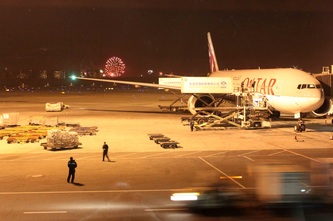


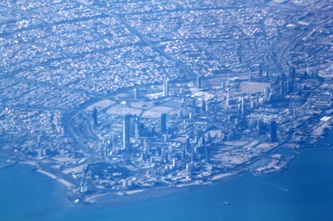

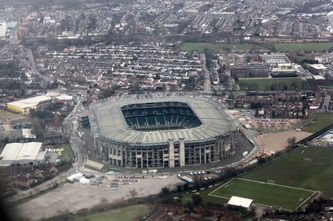



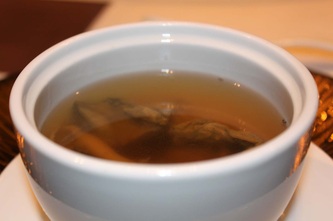



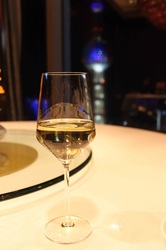






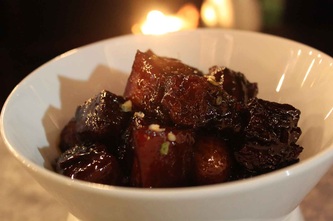











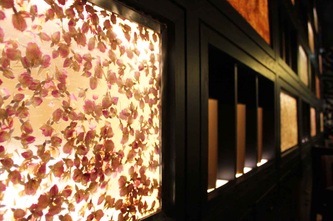
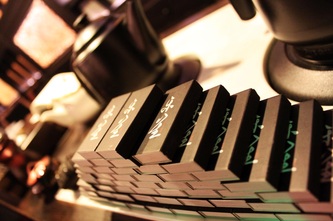


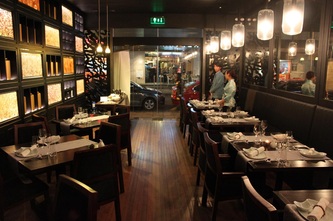

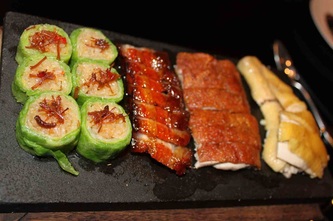




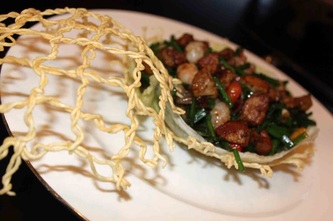














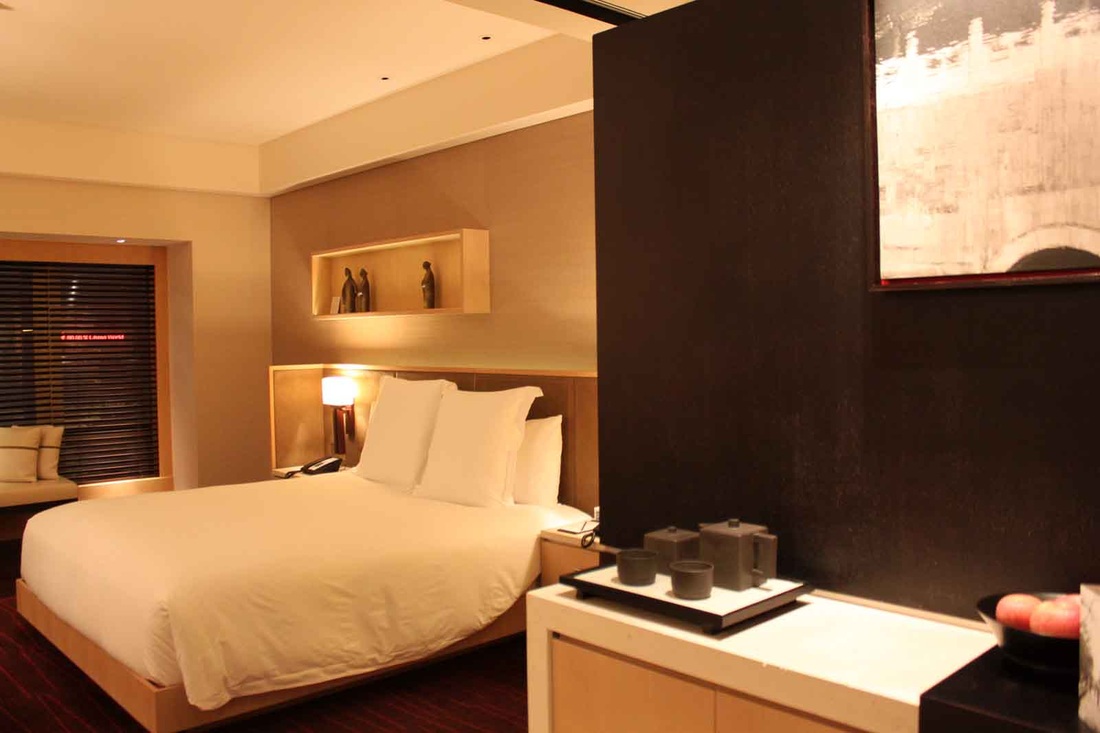

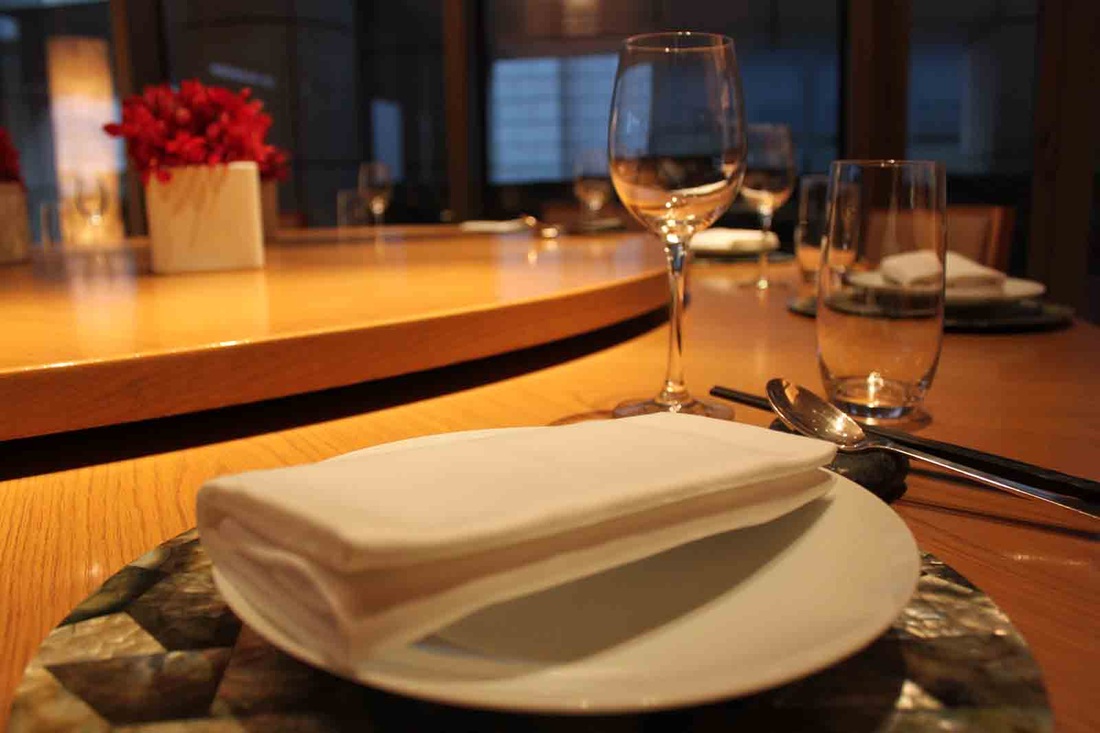






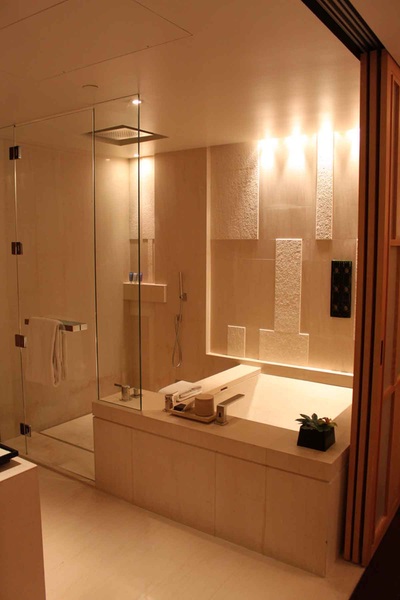



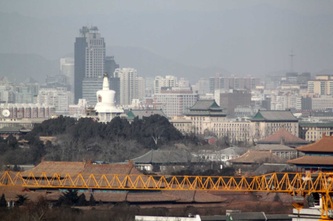








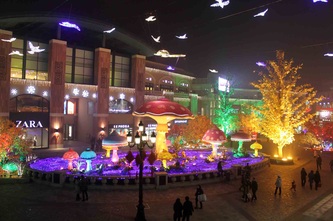


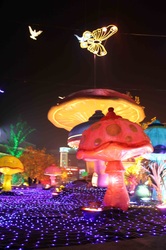






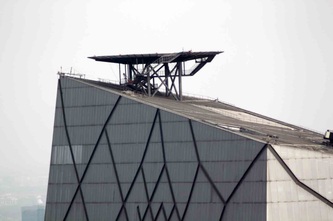




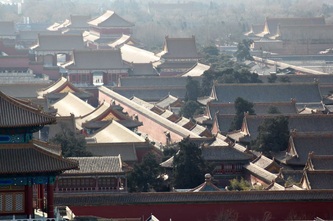




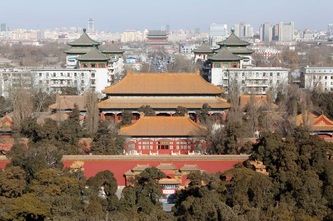

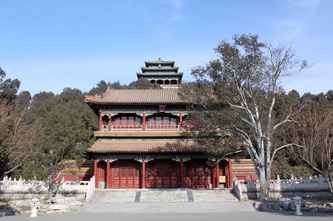

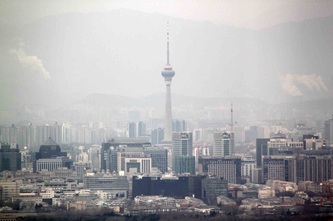
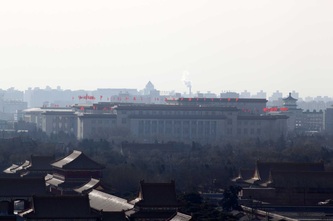
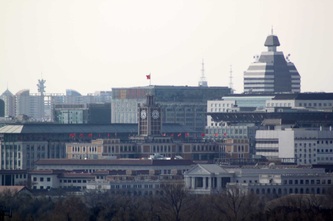
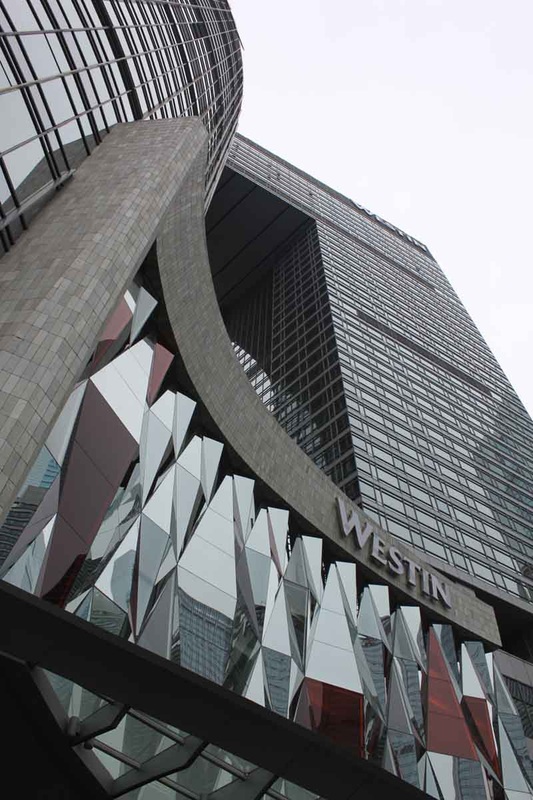

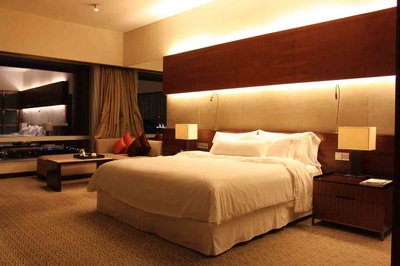




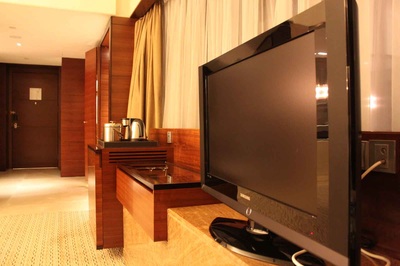





 RSS Feed
RSS Feed







